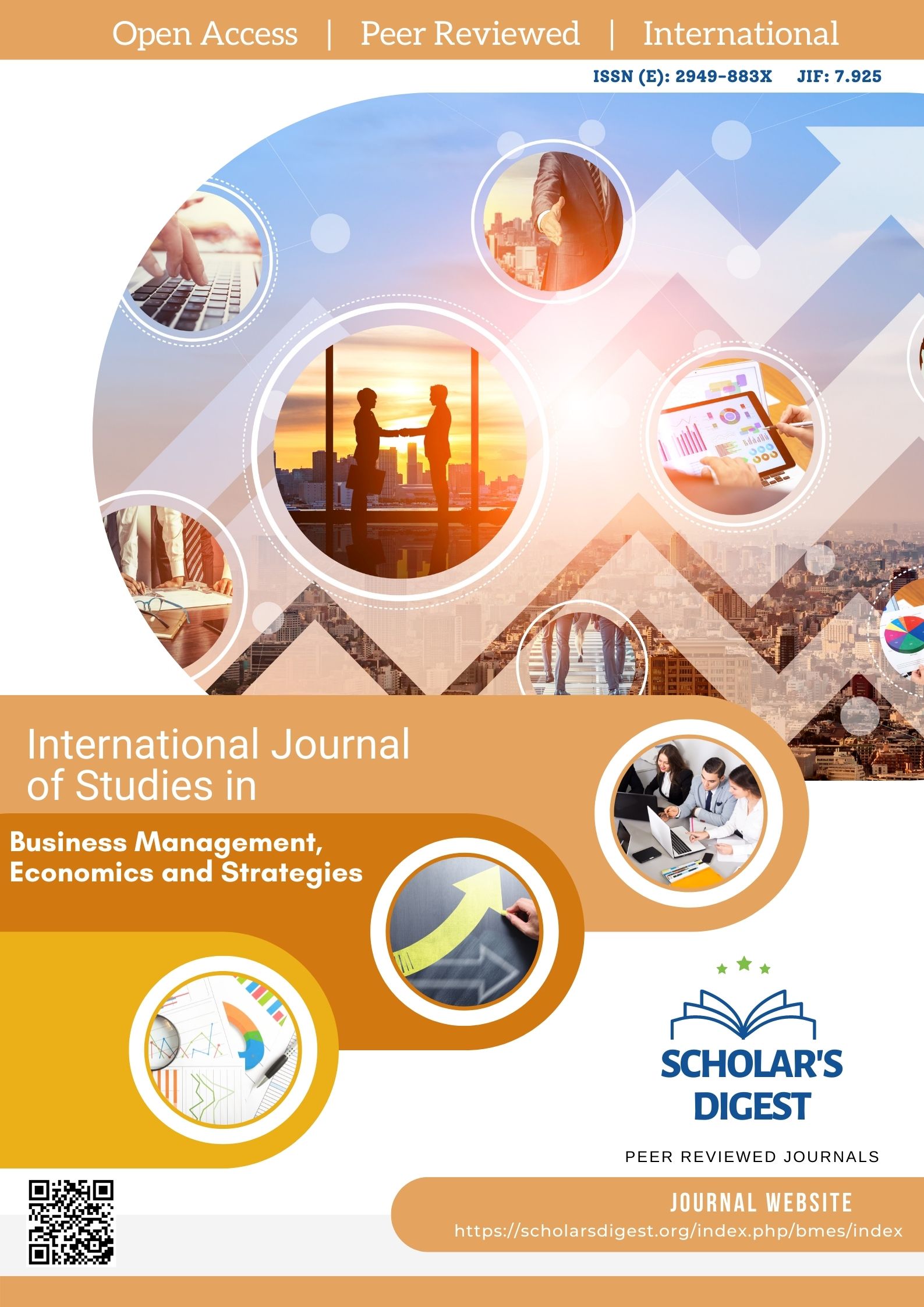EVALUATION OF TECHNICAL ANALYSIS INDICATORS' PERFORMANCE IN THE KOREA STOCK EXCHANGE BEFORE AND DURING THE COVID-19 PANDEMIC
Abstract
This study aims to evaluate the efficiency and performance of a set of technical analysis indicators on the Korean Stock Exchange, during two critical time periods: before and during the Corona pandemic, for the period from 2017 to the end of 2022. Based on the general index of the Korean market as a representative of the overall market performance. The study relied on analyzing the performance of five of the most popular and widely used technical analysis indicators: Bollinger Bands, Relative Strength Index (RSI), Simple Moving Average (SMA), MACD, and Money Flow Index (MFI). Trading signals were generated using the Python programming language, as it provides accuracy and speed in processing financial data, and daily returns and cumulative returns were calculated using Excel , which allowed for accurate quantitative comparison between the performance of different indicators. The study included a double comparison between the performance of indicators in the market during the two periods before and during the pandemic. The results showed a clear discrepancy in the performance of the indicators between the two periods, as the accuracy of some indicators declined during the pandemic as a result of high levels of volatility and uncertainty, while other indicators proved their flexibility and ability to adapt to exceptional market conditions. The study concluded by identifying the most efficient indicators in each market, and provided practical recommendations to investors and financial analysts on how to use these indicators in periods of stability and crises, stressing the importance of adapting to changing market conditions and not relying exclusively on a single indicator.
Downloads
Published
Issue
Section
License

This work is licensed under a Creative Commons Attribution-NonCommercial 4.0 International License.








